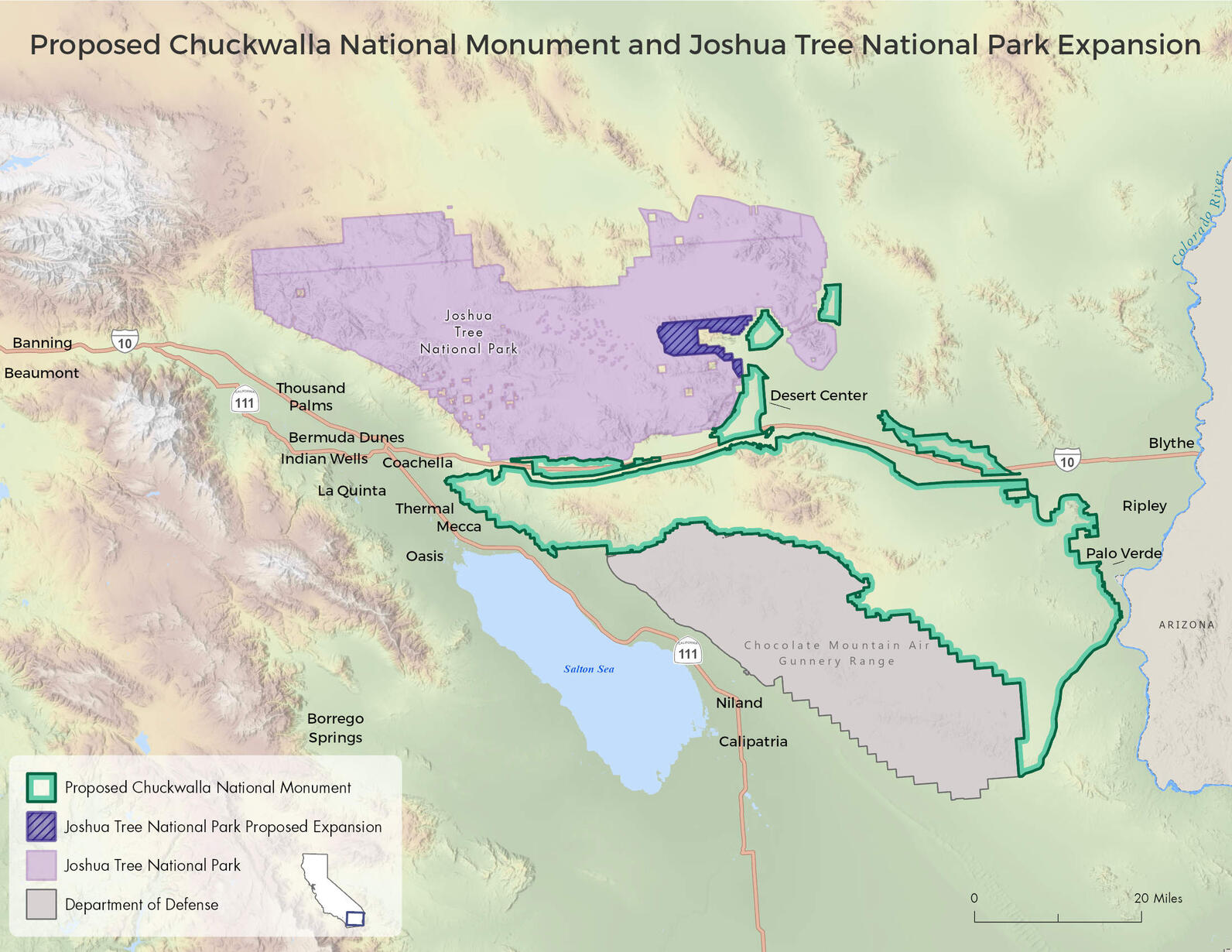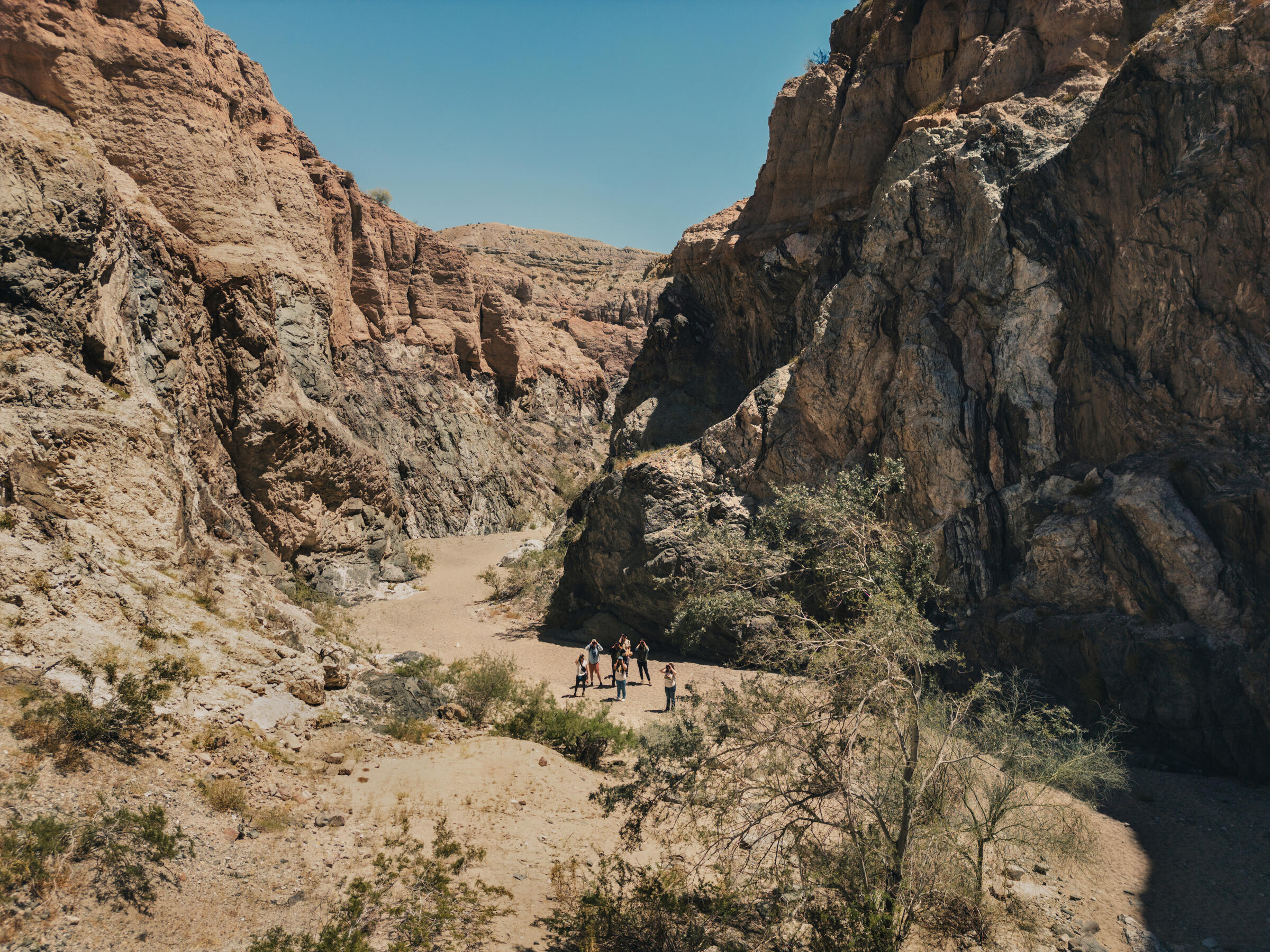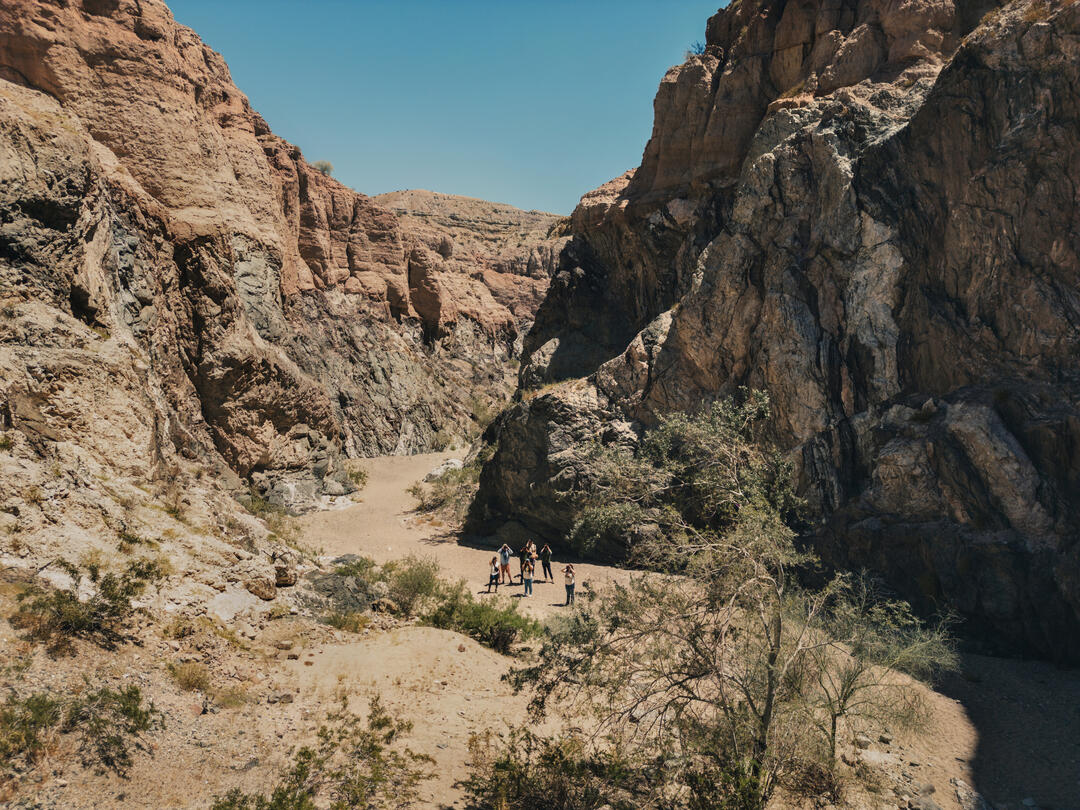Why does Audubon advocate to protect public lands?
Federally-managed public lands encompass some of the United States' most iconic places. These landscapes, protected as national parks and monuments, wildlife refuges and other federally designated areas, are not only important ecologically and culturally, but economically. Besides providing habitat, healthy public lands also support communities by providing for water supply, recreation, hunting and fishing, and access to nature.
Birds rely heavily on these public lands and waters. More than 300 bird species in the U.S. spend more than half of their time living across these landscapes. Effective management and conservation efforts can make a significant difference in whether these species thrive or slide towards extinction.
What is a national monument?
National monuments are designated by the president or Congress to permanently protect federal lands and waters with cultural, historic, ecological, and scientific values. The proposed Chuckwalla National Monument will help preserve cultural landscapes, historic sites from World War II, the Bradshaw Trail, remnants of a historic railway, and vital habitats for the chuckwalla lizard, desert bighorn sheep, and desert tortoise. The new monument will also help ensure more equitable access to nature for local communities and protect recreation access to popular places like the Mecca Hills and Orocopia Mountains for generations to come.
Who manages national monuments?
National monuments can be managed by one or more federal agencies and can also be co-stewarded by Tribes. When a national monument is designated, the agency (or agencies) responsible for the monument is usually directed to collect public input and consult with Tribes to develop a plan for how these lands should be managed. We propose that the Bureau of Land Management continues as the lead federal agency overseeing the lands within the Chuckwalla National Monument and that Tribes who are interested in co-management for the monument have the opportunity to do so.
What lands would be protected under this legislation?
Our goal is to designate the Chuckwalla National Monument in the southeastern region of the California Desert and expand Joshua Tree National Park. The new national monument would protect approximately 627,000 acres of federal public lands that reach from the Coachella Valley region in the west to the Colorado River in the east. The national park expansion would protect approximately 17,000 acres of public lands that are adjacent to the east side of the park. These lands are the traditional homeland of the Iviatim, Nüwü, Pipa Aha Macav, Kwatsáan and Maara’yam peoples (Cahuilla, Chemehuevi, Mojave, Quechan, and Serrano nations). This is a historic opportunity to conserve stunning public lands that are beloved for outdoor recreation activities and are known for their incredible biodiversity, cultural significance, and rich history. Monument designations do not apply to private, state, or county lands.

How would a designation protect outdoor recreational lands?
The lands within the proposed monument offer excellent recreation opportunities and are essential to enhancing equitable access to nature for local communities. The monument includes places like Painted Canyon and Box Canyon in the Mecca Hills area, Corn Springs campground, and the Bradshaw Trail.
Already, these lands are beloved for hiking, camping, picnicking, stargazing, and recreational off-highway vehicle (OHV) touring on legally authorized routes. Permanently protecting these lands as a national monument is an opportunity to ensure that these places are here for current and future generations to experience and enjoy.
Why are we calling for an expansion of Joshua Tree National Park?
This effort proposes to protect approximately 17,000 acres of public lands that are adjacent to the east side of Joshua Tree National Park. The National Park Service (NPS) has studied this proposed expansion and has indicated that it would be feasible to incorporate the area into the park. These protections will help ensure habitat connectivity for desert bighorn sheep, burro deer, and other wildlife impacted by climate change. The park expansion could also help preserve places of cultural and historical importance. Through use of the Antiquities Act, an additional national monument would be established for this parcel, creating a ‘de facto’ expansion to Joshua Tree National Park. In the future, an act of Congress would be required to make it an official addition, but until then it would be managed as such.
How do national monument designations benefit the economy?
Designating the Chuckwalla National Monument could help attract more visitors to the area and boost the local economy, particularly for businesses in “gateway” towns like Coachella, Mecca, and Thermal that are located near the monument. This 2020 study from Resources for the Future provides more information on the economic benefits of national monuments: bit.ly/RFFMonuments. In general, outdoor recreation is a significant contributor to California’s economy, adding over $54.7 billion to the state’s Gross Domestic Product (GDP) and supporting over 517,000 jobs in the state (source: bit.ly/CARecreation2021).
How are local Tribes involved?
Early supporters of the Chuckwalla National Monument and expansion of Joshua Tree National Park include the Fort Yuma Quechan Tribe, Torres Martinez Desert Cahuilla Indians, and the Twenty-Nine Palms Band of Mission Indians. The local coalition working on the proposed monument and park expansion has met with or contacted over a dozen Tribes affiliated with areas proposed for protection, and is continuing to invite Tribal leadership and collaboration into the campaign.
Will this affect renewable energy projects?
The proposed Chuckwalla National Monument does not conflict with the development of renewable energy in the desert. The proposed monument is complementary to the goals of the Desert Renewable Energy Conservation Plan (DRECP) which identified areas suitable for renewable energy development as well as lands that should be protected for their biological, cultural, recreation, and other values. The boundaries of the proposed monument were specifically drawn to avoid areas identified in the DRECP as suitable for development. In fact, the DRECP identified many of the lands in the proposed monument as being important to conserve for their biological, cultural, and historic values. Permanently protecting these lands will help to fulfill the DRECP’s goal of balanced development and conservation.






